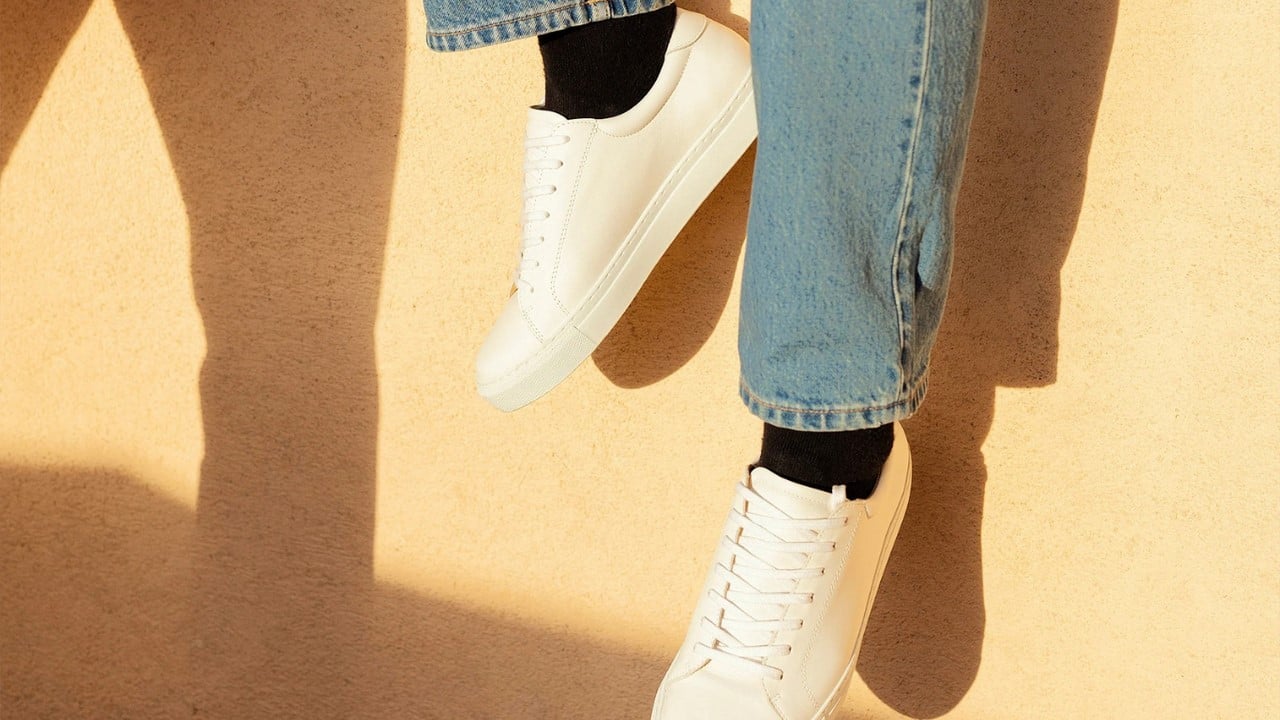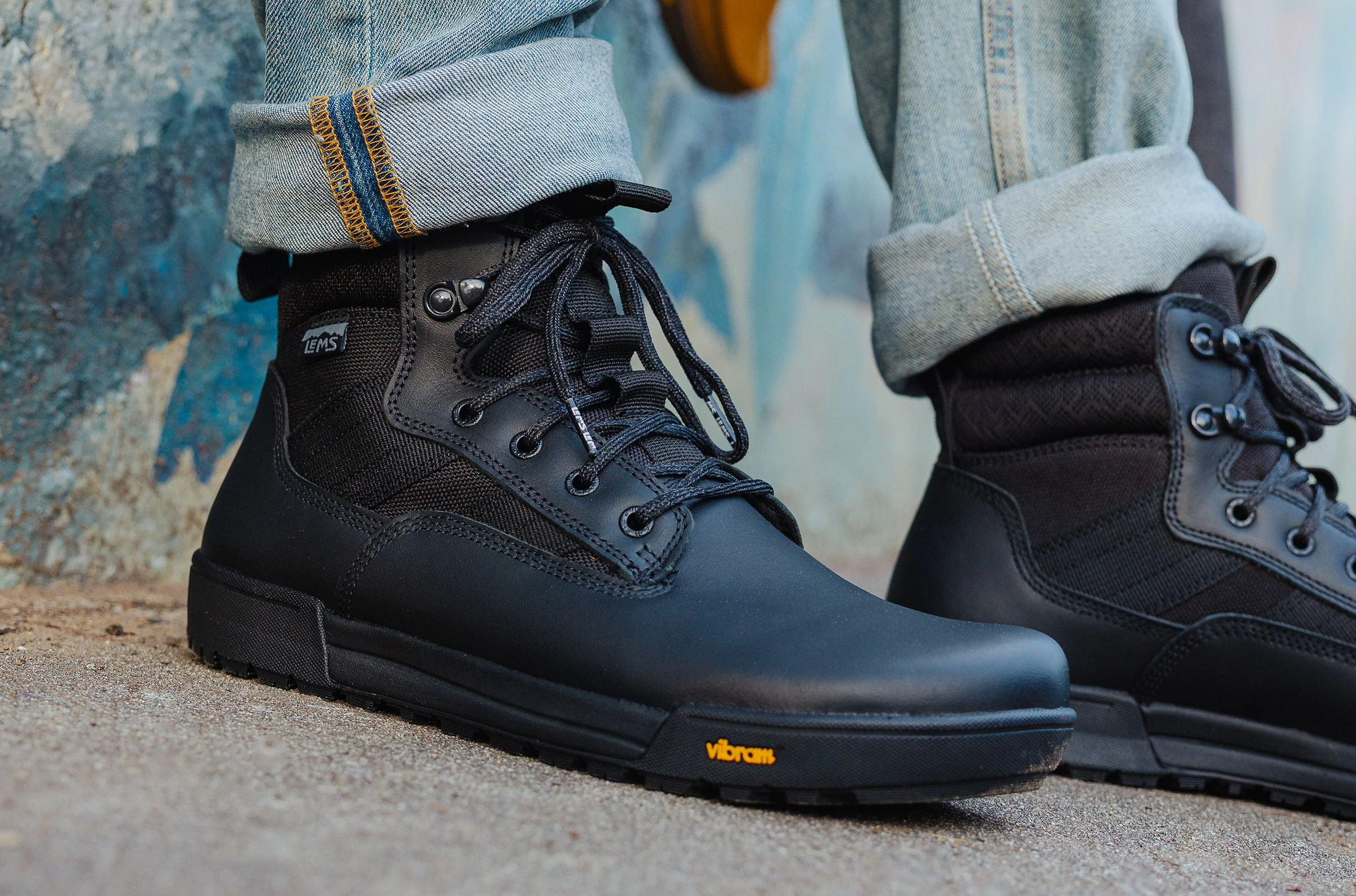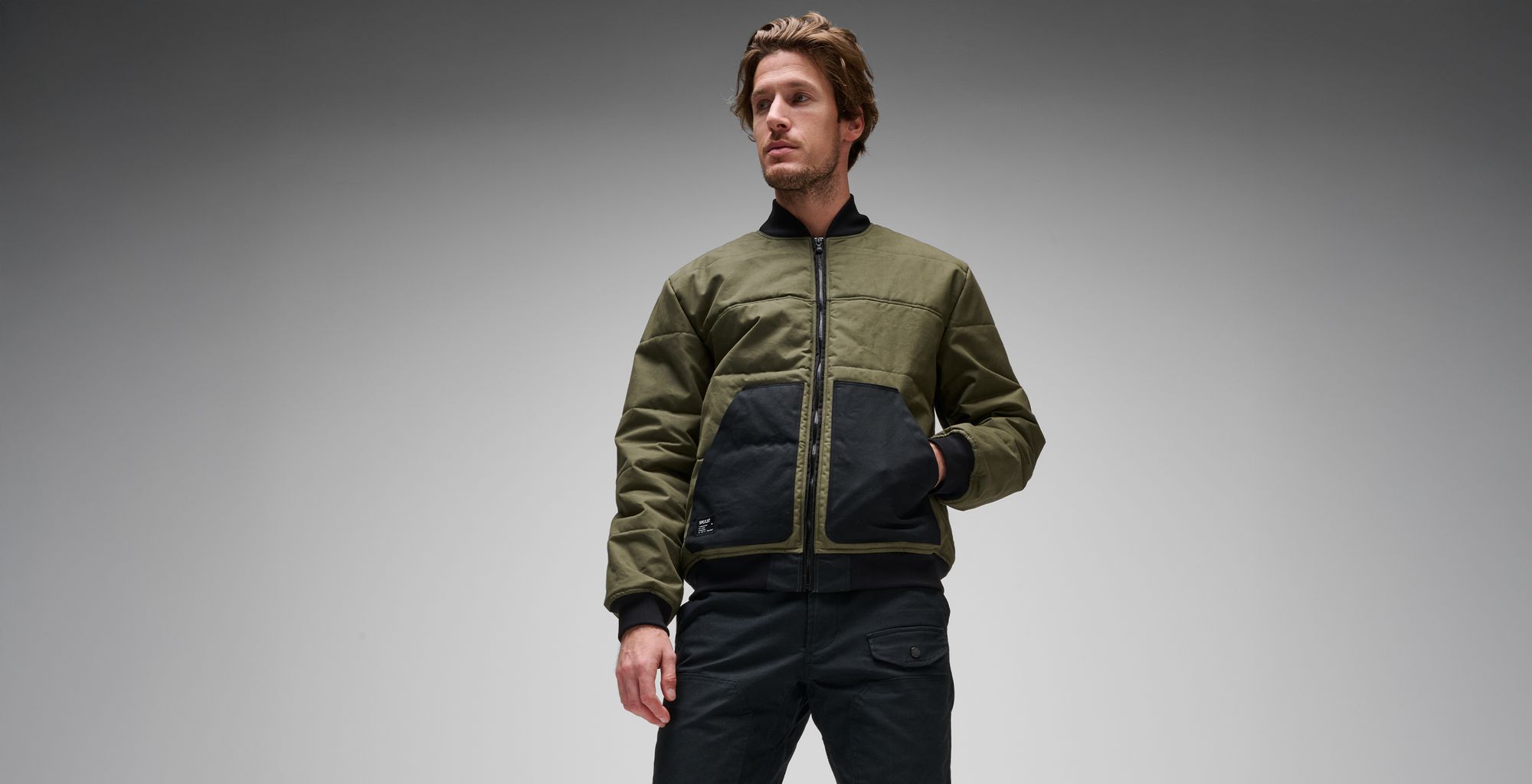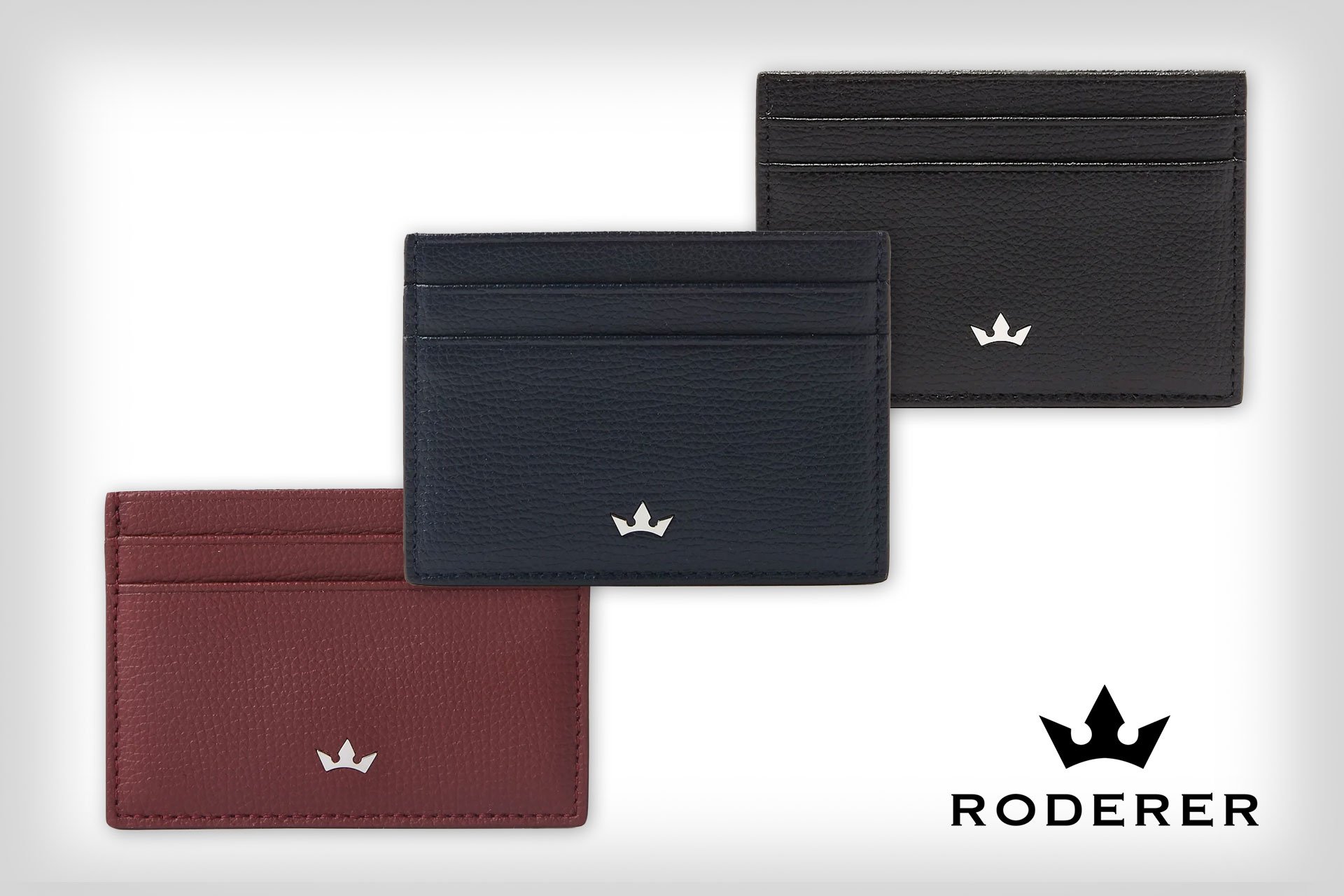The Evolution of Sex Part 2: The Biology of Maleness
Dec 12, 2025A Guide To Men’s Suit Fabrics
- Jul 24, 2024
- 0 Comments
546

Deciding what fabrics are best when buying suits is essential – and complicated. The fact is, suits symbolise sophistication and offer a chance to showcase personal style.
A suit should be chosen not simply for its superior fit or luxurious touch but also for the fabric from which it was crafted. Of course, cost also plays a big part in the suit-buying process, so it’s imperative to know what you’re getting. It could save you hundreds or thousands in the long run.
What To Consider When Buying A Suit
Only a handful of fabrics are designed for suiting, which makes the decision easier, but certain factors must be considered when buying the perfect one.
Breathability Of The Fabric
In summer, the fight is on against the sweaty back. Then old man winter blows in, and the casual stroll to work turns into a run, brought on by sheer determination to keep warm for the chilling cold.
Fabric Softness
Fabric softness is another factor. Who wants to be enraged by itchy suit pants? Or feel trapped, tight and unable to move because of an over-starched jacket that is likely to snap if pushed too hard?
Your Suit Fabric & Pattern Choices
The solution for most men is an education in suit fabrics. May cloth and thread count awareness be your guiding light in the sartorial race.
Wool
Wool is the most popular fabric choice for men due to its versatility and refined aesthetic. Wool is a natural material, which means it breathes well and can be worn both in the heat of the day and the cool of the night. It is soft and wrinkle-free but is sometimes criticised by those wanting lighter, more slimming fabrics. Common wool types include tweed, flannel, cashmere, merino, and worsted.
Worsted
Worsted wool is a compact textile that is smooth and boasts high durability. Most wool requires that the natural fibre be spun. But not worsted. Instead, the wool is first combed in a carding process to remove any short and brittle fibres. This leaves only the longer fibre strands to undergo the spinning process, producing a smooth toughness. Worsted can be woven in several ways, producing flannel, tweed, gabardine and fresco cloths.
Cashmere
Cashmere, on its own or as a blend, is rather luxurious but can give an unwanted shine to a suit. Cashmere may not be suitable for work depending on whether you want something fancily European or not. But for pleasure? Always.
Tip: Choose wool as an all-year option for suits. It is best for slimmer men and those wanting a more luxurious look (especially cashmere) for work wear and formal occasions.
Cotton
Cotton is the second most popular fabric for suits. It is derived from plant fibres. Cotton suits move and breathe well but tend to crease easily, which can make the suit look sloppy. They are satisfactory in softness but lag behind in the luxury department compared to wool fabrics.
Tip: Choose cotton in the spring, summer, and autumn. It suits all body types and those wanting a semi-formal look for outdoor events. For work, choose reasonably heavy cotton or a wool/cotton blend, as this helps the fabric retain its silhouette.
Linen
Linen suits are super lightweight and maintain their coolness in soaring temperatures. However, linen wrinkles and stains even more easily, requiring regular dry cleaning to maintain a fresh, crisp look.
Tips: Choose linen in the summer. It is best worn as a more casual alternative to cotton or wool. It suits larger body types and can be worn at semi-formal events but never to the office.
Polyester
Polyester is made from synthetic materials (not natural like wool) and is deemed of lower quality. It usually comes blended with another fibre, such as wool, to cut costs. Polyester suit fabrics tend to wrinkle (more than wool but less than linen) and have a reputation for not breathing very well. Polyester produces more fabric shine than wool and cotton, making the suit look cheap.
Tip: Polyester should only be worn in spring and autumn to avoid extreme temperatures. Opt for a blend with wool to increase quality and wearability for formal events. Polyester suits most body types for dressy casual events and office wear.
Silk
Derived from insects, silk is an animal protein typically used by moths to build cocoons. Silk offers superior comfort and is much more expensive than polyester to produce. It is a breathable fabric and a natural temperature regulator, helping the body retain heat in cold weather while excess heat is expelled in warm weather.
Tips: Silk can be worn in spring, summer, autumn, and winter. It suits most body types and is perfect for luxurious events.
Velvet
Velvet is a closely woven fabric of silk, cotton, and nylon. For suiting, velvet is mostly used for smoking jackets. Its texture is luxurious to the touch and breathable. However, due to its blending with nylon, velvet is less aerated than silk.
Tips: Velvet is great for a dinner party jacket that can be worn all year. Keep it far, far away from the office.
Cloth Weight
Even if you’ve mastered the Gospel of Suit Fabrics, thread count and cloth weight remains another matter. According to Thomas Pink, Britain’s leading suit connoisseur, here are you’re your typical fabric weights, as well as what type of suit and season they are most suitable for:
- 7oz – 9oz: Lightweight. It’s ideal for the peak of summer here. Think African plains hot.
- 9.5oz—11oz: Light to midweight. Perfect for moving from spring to summer and late summer to autumn, because we all love awkward transitions.
- 11oz – 12oz: Midweight. Perfect as the go-to fabric weight for most days. Choose this for your first suit purchase.
- 12oz – 13oz: Heavier mid-weight. It is a satisfactory choice for daily wear, though maybe a little too hot to handle in the peak of summer.
- 14oz – 19oz: Heavy. Great on a cold autumn or winter’s day.
Final Words
Suits can be an expensive investment, so it is essential to get it right. Identify the season you plan to wear them, your body type, and the level of comfort you are looking for. From there, you can’t go wrong.
RELATED: Here’s The Correct Length Trousers You Should Be Wearing
Publisher: Source link







